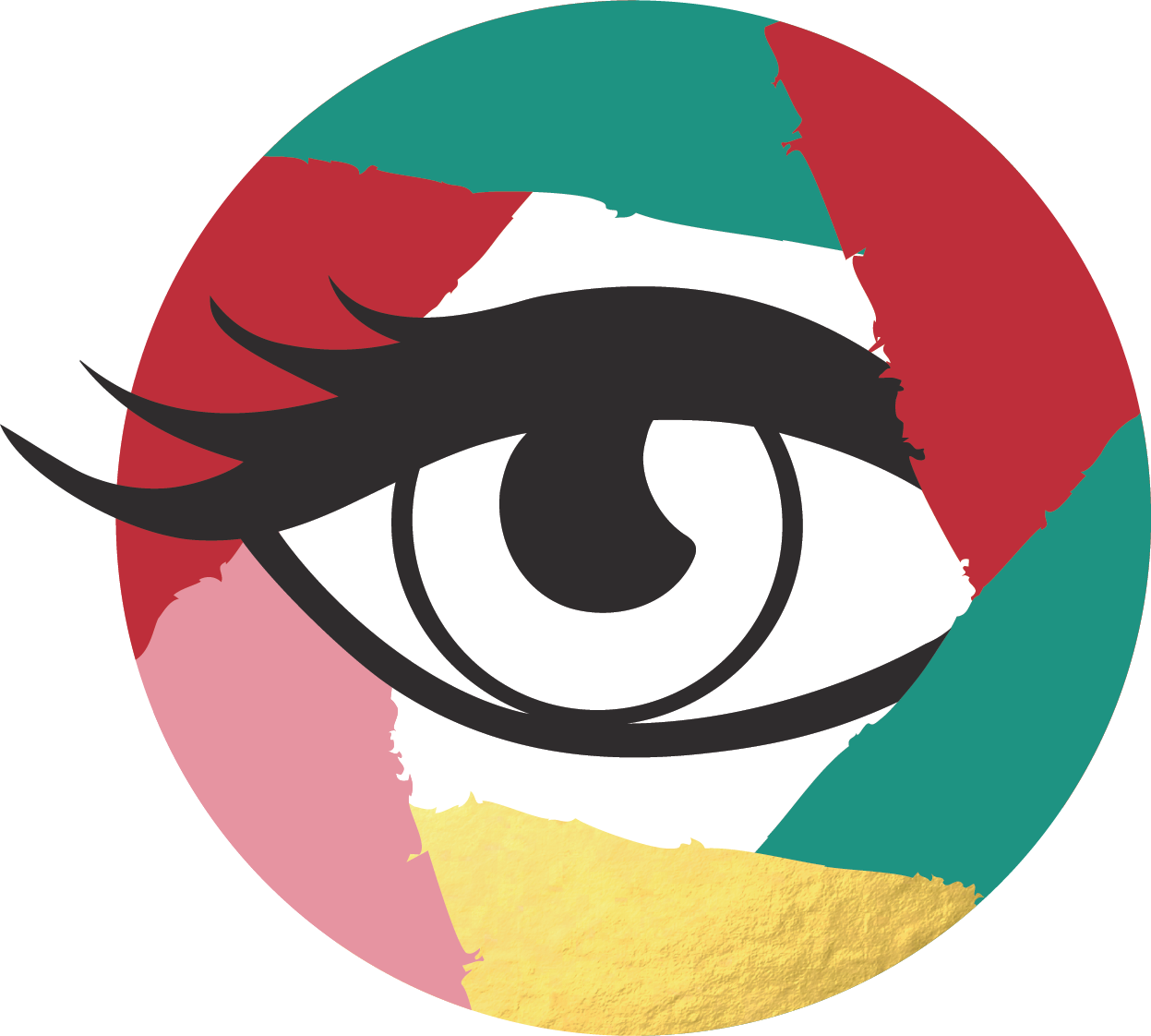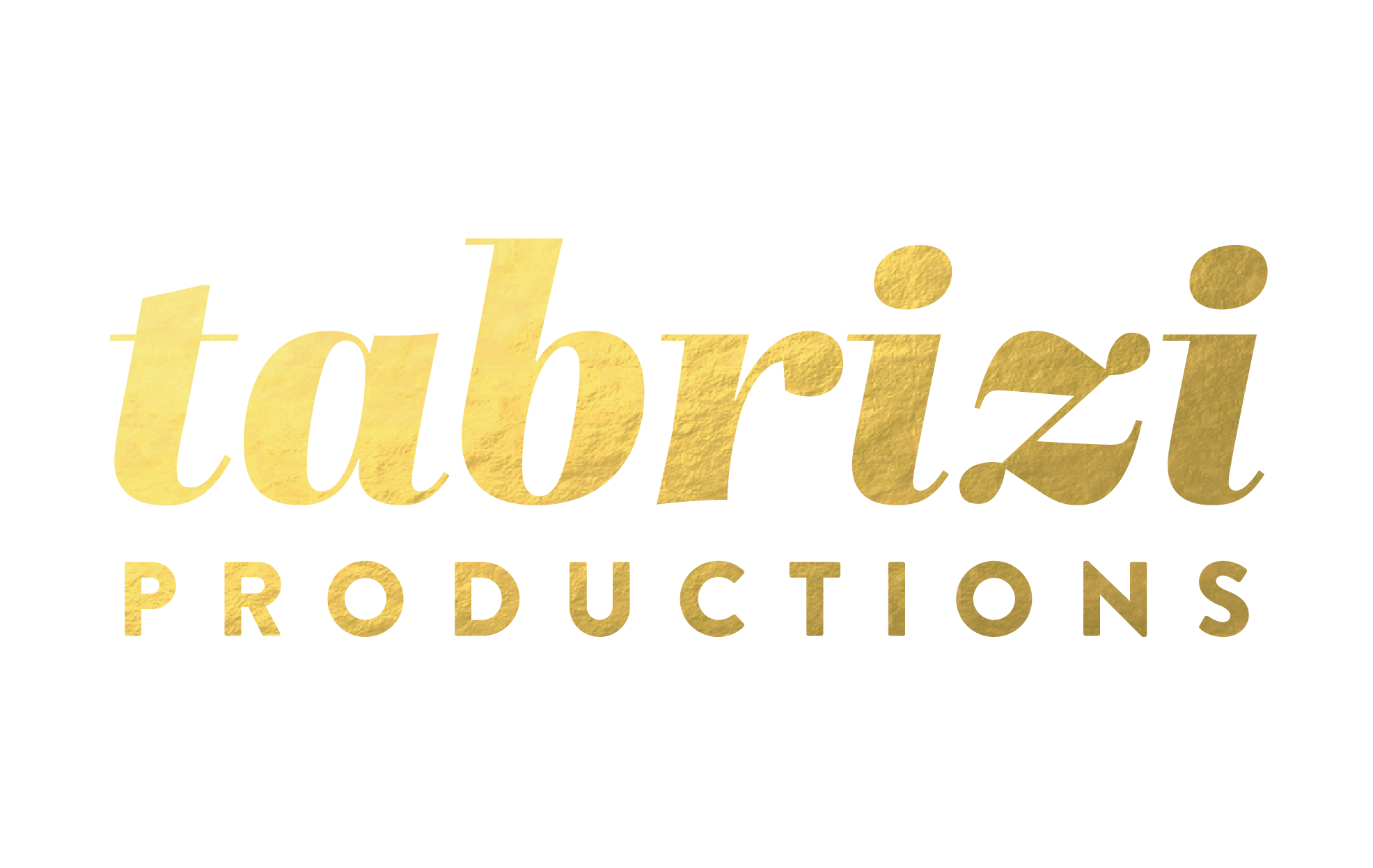In Part 1 we covered how to choose your location and frame the best shots. Now we wrap it up with lighting and wardrobe!
Make Your Video Visuals Pop With Good Lighting
The right lighting helps to set the mood and ensure your viewers can actually see what you want them to. There’s a lot you can do with a budget camera or even your phone, but if you’re trying to shoot a video in the dark it just isn’t going to happen.
So how do you decide what kind of lighting kit you’ll need? There are a lot of options and plenty of confusing terminology, but for most scenarios one of these setups suggested by Biteable is all you need.
Two Or Three-Point Lighting
A three-point lighting setup is the standard for most basic filming. As the name suggests, it’s accomplished using three lights:
Key light: The key light is the strongest, providing most of the light in the shot. It’s generally placed in front of your subject, around 45-degrees above and 45-degrees to the right or left.
Fill light: This is a softer light, used to fill in shadows on the subject’s face. It should be positioned to the side, opposite the key light. The intensity of the fill light is usually around half that of the key light.
Back light: The back light creates depth and provides a soft glow in the background. It’s placed above and behind the subject, and out of the shot.
If you’re just getting started with lighting or have a limited budget, you can get by with a two-point setup that uses just the key and fill lights. While the back light adds a nice depth to your background, it’s not necessarily essential.
Natural Outdoor Lighting
If you’re shooting outdoors or in a space with very large windows, you can use the sun’s natural light to illuminate your scene. Photographers and filmmakers love the “golden hour” in early morning and late evening for its soft and flattering golden light.
There are drawbacks to relying on natural light however. The sun can be too intense, casting harsh shadows on your subject. It also moves and changes in intensity as the weather shifts and clouds pass overhead. All of these can affect the light and color quality and make it difficult to achieve consistency in your shots, but with careful planning and adjustments you can certainly pull it off.
Many video makers who use natural light like to use a variation on the three-point lighting setup described above. You can place your subject so the sun provides your key light, with reflectors to provide fill and back lights.
During the golden hour, when light is softer, the subject can also be positioned in front of the sun, using it as a back light, with reflectors providing the key and fill lights. You’ve just got to be quick before the light changes too much.
Wardrobe Is The Cherry On Top Of Video Visuals
You’ve picked your location, set up the lighting and framed the shot – all that’s missing is your subject. Make sure that they always look their best and that their clothes don’t distract from the rest of the scene with these tips from personal stylist and branding consultant Nicole Otchy.
Wear Jewel Tones Near
Your Face
The colors near your face will either drain you of life or highlight your best features. There’s a palette of colors that look best on each of us and especially great on video. Ruby red, emerald green, and sapphire blue are highly saturated colors, so they don’t appear too bright or too muted against most backgrounds, and they look great with all different skin tones.
Be Careful With Black
When it comes to wearing black on camera, avoid it altogether unless you plan on having your makeup done by a professional who can color correct for shadows on the face. Wearing black on camera can make dark circles appear more pronounced, giving you a more tired look. If you really want to wear a dark color on camera, navy is generally a safer choice.
Choose Simple Fabrics
Looking like a disco ball on camera is not always the best style to shoot for. Shiny fabrics, especially under bright lights, are usually less than flattering. Thick cottons and matte fabrics, on the other hand, dampen shadows and can create a smoother body profile line.
Keep It Modern
Another advantage of wearing solids is that your videos won’t look dated as quickly. That vintage pant suit you thrifted last week? Keep it in your closet. Rich, saturated colors never go out of style, so it’s best to keep it simple.
Use Patterns Sparingly
Patterns that look great in person don’t always translate well on camera and can be distracting. Avoid small, busy prints (think paisley or small polka dots), which can look blurry on video. Other patterns like pinstripes, chevron, plaid and houndstooth are also difficult to see on video and can make your viewers dizzy.
Choose Your Backdrop Wisely
The color you shoot your video against will impact how a color that you’re wearing translates on camera. Colors set against a white background will appear brighter, while colors set against a dark background will lose some of their intensity.
Let Tabrizi Help!
Strong visuals are a vital part of polishing even the most straightforward of videos. Even something as basic as instructions or corporate onboarding can be improved with these techniques.
Tabrizi has the tools and the knowledge to make sure your videos show off your project in the best light. Contact us for a free consultation and let’s start planning!




